Almost all electric lease vehicles are automatic - and THIS is why.
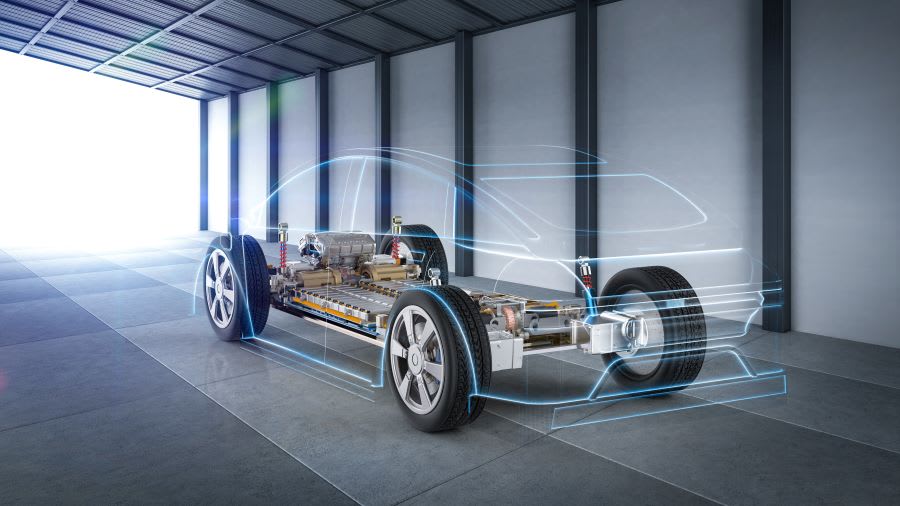
One of the appealing things about leasing an electric vehicle (EV) is that you never need to shift gears, which leaves you to sit back and relax into the drive.
But there are some exceptions to the rule - and here’s a deep dive into the science behind battery electric vehicles (BEVs) and their drivetrains - and what the future might also have in store.
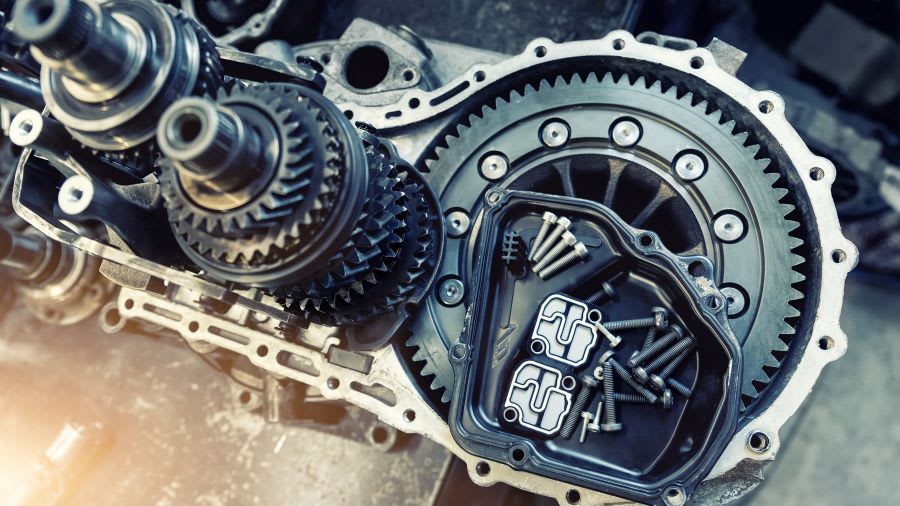
Do EV cars have manual gears?
Not in the traditional sense, no, and here are a few key reasons:
Electric motor characteristics: Electric motors have a very broad torque range, providing instant torque from zero RPM (revs per minute). They can deliver power smoothly across a wide range of speeds without the need for gear changes. This eliminates the need for multiple gears to handle different driving conditions or to optimise engine efficiency.
Simplicity and efficiency: Electric drivetrains are inherently simpler compared to internal combustion engines (ICEs) and transmissions. They have fewer moving parts, reducing the complexity, weight, and maintenance requirements of the vehicle. This simplicity contributes to the overall efficiency of electric cars.
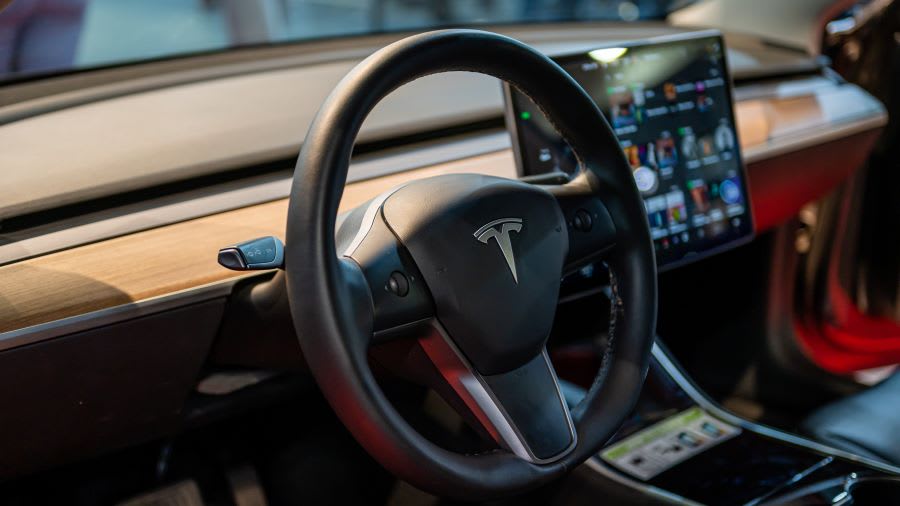
Single-speed transmission: Most electric cars use a single-speed transmission (but not all - read below for further details!), also known as a direct drive or fixed gear, which effectively acts as a gearbox with only one gear ratio. This single gear is optimised to provide sufficient acceleration at low speeds while allowing the motor to operate efficiently at higher speeds. It simplifies the design and operation of the drivetrain.
Regenerative braking: Electric cars commonly utilise regenerative braking, which converts kinetic energy into electrical energy to recharge the battery while slowing down the vehicle. The regenerative braking system works seamlessly with the electric motor, providing significant deceleration without the need for downshifting or engaging different gears.
Smooth and seamless driving experience: The absence of gear changes in electric cars means drivers don't need to worry about shifting gears or finding the right gear for optimal performance. The power delivery in electric cars is continuous and responsive, enhancing the overall driving comfort.
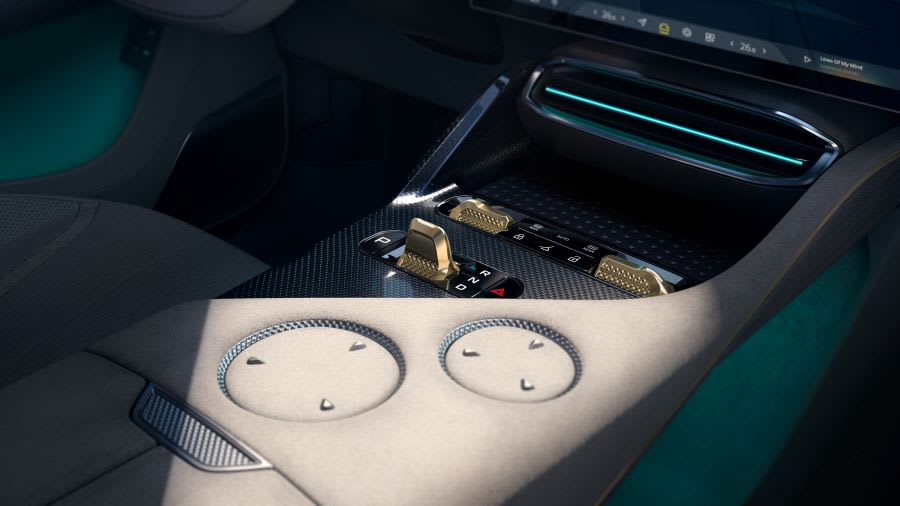
But it’s not quite as simple as that…
Some high-performance electric vehicles - like the Audi e-tron GT, certain versions of the Porsche Taycan, and the range-topping Lotus Eletre R (below) have a TWO-speed transmission.
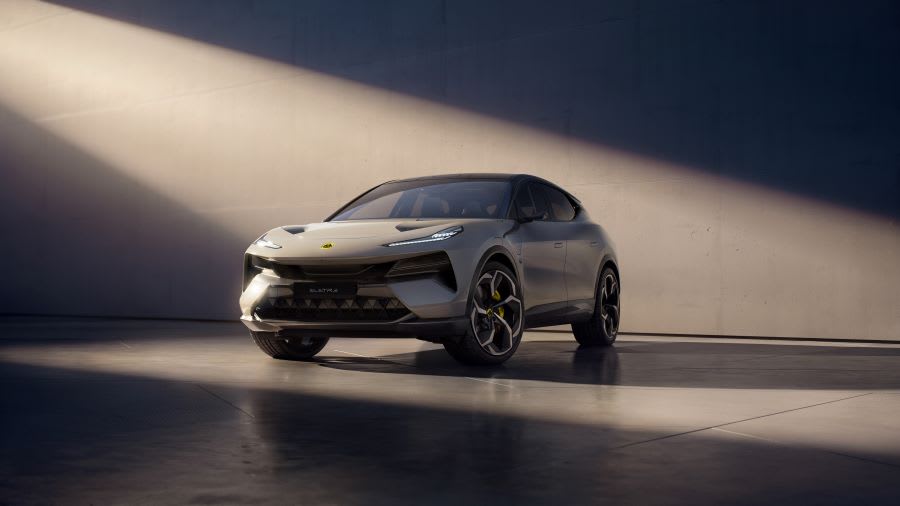
And the idea here is to offer lease customers the best of all worlds - rapid acceleration off the line but also comfortable cruising at high speeds, while trying to make the energy stored in the battery go as far as possible.
In low gear, the electric motor provides a higher torque output to the wheels, allowing for explosive pace from a standstill. Once the vehicle reaches a certain speed, or load conditions change, the transmission can shift to the high gear, allowing the motor to operate at a more efficient speed for cruising.
But - and this is the important bit - there’s still no clutch pedal or gear level to worry about. The two-speed transmission is automated, which means the car will automatically shift between ‘low’ and ‘high’ gears. Or, some electric vehicles with a two-speed transmission actually allow you to change from low to high gears manually, by way of paddle shifters behind the steering wheel.

Will all electric cars be automatic in the future?
This is where things get really interesting.
For a lot of people - particularly petrolheads - there’s a great joy to be had from rowing through the gears of a car with a manual transmission.
The physical sensation of shifting gears helps drivers feel more connected to the vehicle and the road, it can elevate the motoring experience to make it much more intense.
Some drivers will also be sorry to see the demise of clutch control - a real skill that takes plenty of practice to master. In drifting, for example, you can get the car going sideways by deploying a ‘clutch kick’ - where you press the clutch in and out in rapid succession - in order to deliver a power surge to the wheels. These sorts of tricks of the trade might be lost as more and more people switch to electric lease vehicles.
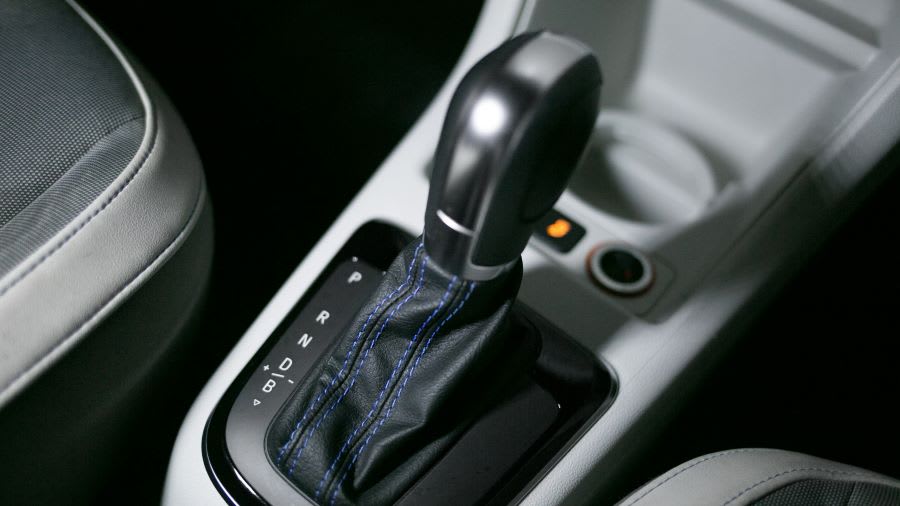
But there's the twist - how would a manual electric car work?
Some electric vehicle manufacturers - including Toyota - are actively working on EVs with a clutch pedal and manual transmission in order to produce the experience of driving a manual transmission car, without the person behind the wheel ever having to worry about stalling.
Porsche has expressed interest in developing a manual transmission option for their electric vehicles - and we might first see it deployed in the 718 Boxster and Cayman models.

In 2019, Honda also filed a patent application for a manual transmission system designed specifically for electric vehicles. The patent outlined a design that incorporated a clutch and manual gear selector.
Meanwhile Mazda has expressed its intent to continue offering manual transmissions in its line-up, including potential future electric models.
Mazda’s philosophy is ‘Jinba Ittai’ - a Japanese phrase which describes the ‘unity of horse and rider’. With such a mantra, it’s not surprising Mazda wants to keep that ‘unity’, and the connection between man and machine… no matter which fuel is propelling you forward.

Enjoyed this? Read our latest news:
-
New AC Cobra GT Roadster revealed!
-
Honda announces TWO new electrified cars
-
Unfit to drive - but still behind the wheel
-
Cupra Raval is 100% electric rascal
- How to REALLY clean your car
Where To Next?
For all the latest reviews, advice and new car deals, sign up to our newsletter.
Looking for a great leasing deal? Check out our incredible range of special offers.
Read our latest reviews and find the right model for you.
Want to know more about leasing? Take a look at our comprehensive leasing guides.
Interested in everything motoring? Why not catch up on all the latest car leasing news.

















